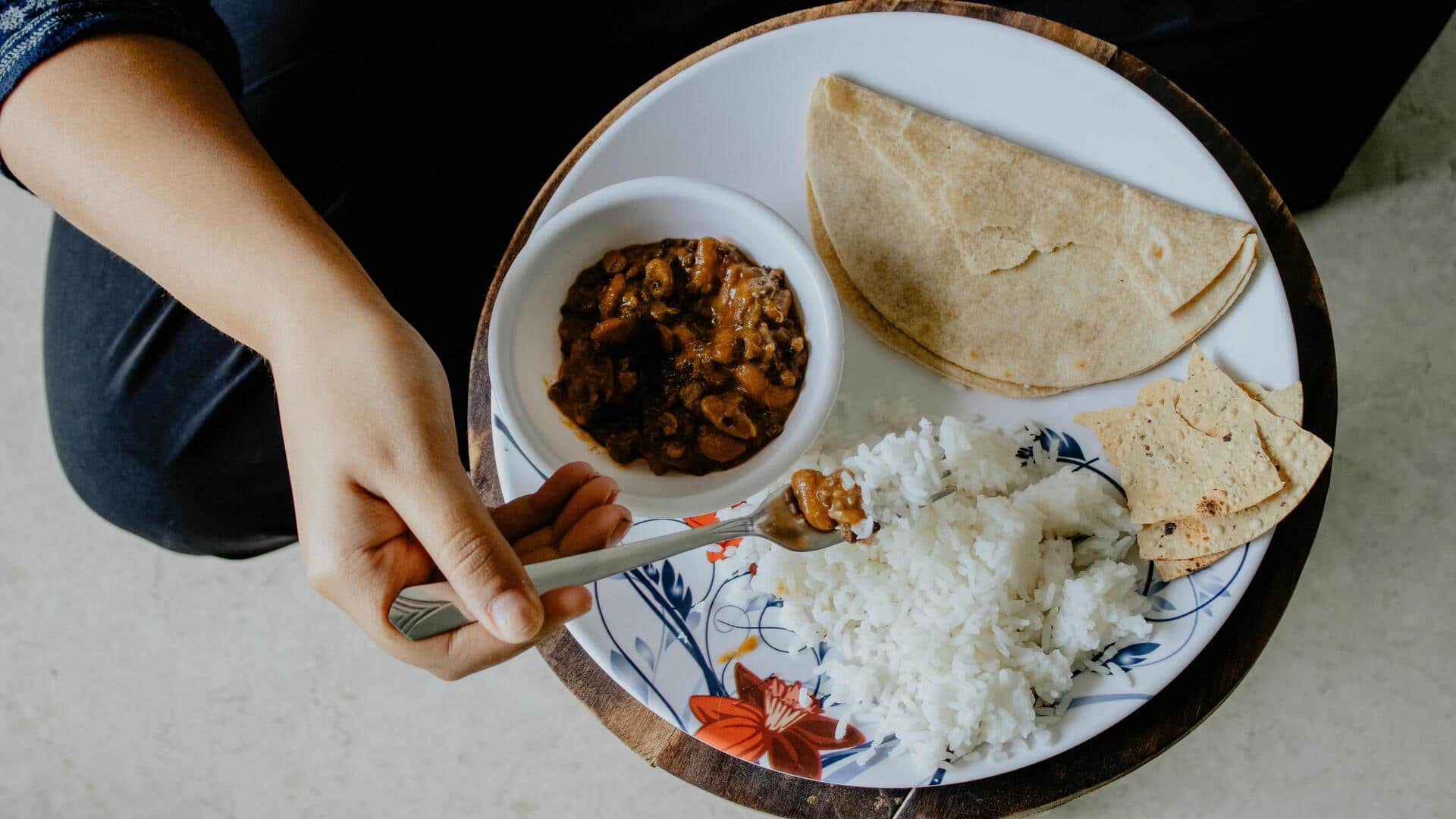
The timeless journey of India's beloved roti
What's the story
Roti, a staple in most Indian households, has a rich history that dates back thousands of years. This simple unleavened bread has evolved from ancient kitchens to modern tables, adapting to changing culinary landscapes while retaining its core identity. The journey of roti reflects the cultural and historical shifts in India, making it an integral part of the nation's culinary heritage.
Early days
Ancient origins and early preparation
The history of roti can be traced back to ancient India, where it was made with basic ingredients like wheat flour and water. Early preparations were simple, cooked on clay griddles called tandoors. These early versions laid the foundation for various regional variations that would follow as different grains and cooking methods were adopted across the subcontinent.
Diverse styles
Regional variations across India
As roti traveled through different regions in India, it took on various forms depending on local ingredients and preferences. In North India, it is often made with whole wheat flour, while South Indians prefer rice flour-based varieties. Each region's unique climate and agriculture shaped these variations, resulting in a diverse tapestry of breads that reflect India's culinary diversity.
Contemporary twists
Modern adaptations and innovations
In recent years, roti has also seen modern adaptations with the introduction of new ingredients like millet or oats for health-conscious consumers. These innovations cater to changing dietary needs without losing the traditional essence of this beloved bread. From stuffed parathas to gluten-free versions, modern kitchens continue to experiment with roti while respecting its historical significance.
Healthy choice
Nutritional value and health benefits
Roti is also considered a healthy food option because it is high in fiber and low in calories. It provides essential nutrients such as iron and B vitamins, which are necessary for a balanced diet. The versatility of roti makes it easy to pair with various vegetables or legumes, making it a nutritious addition to any meal plan.